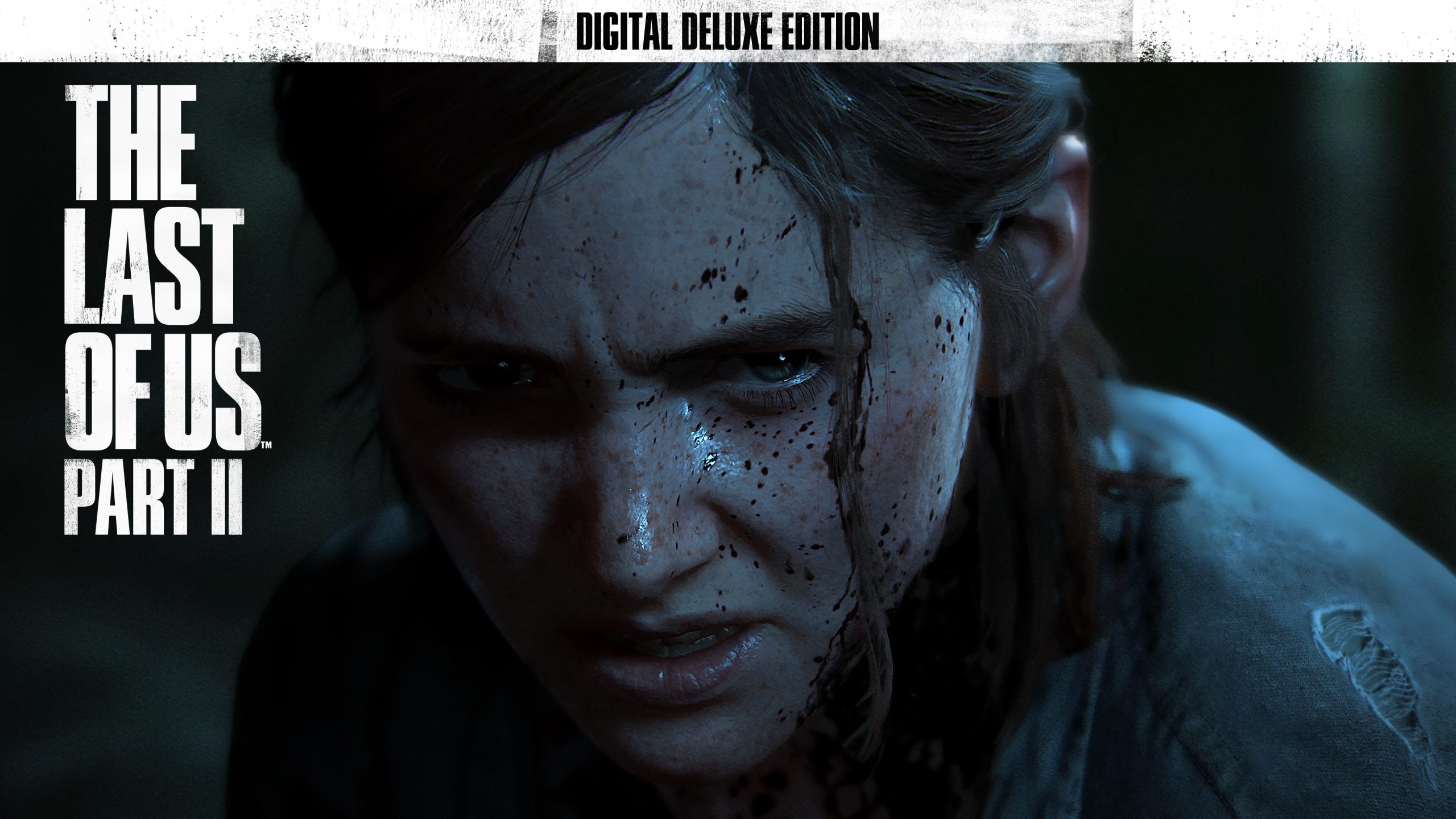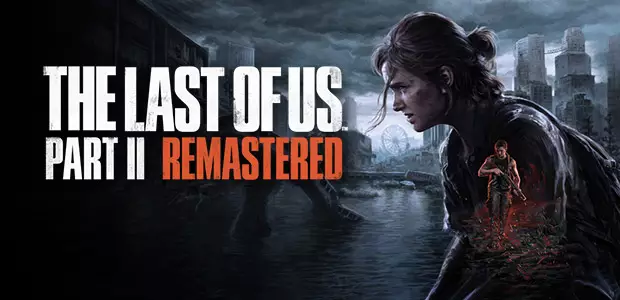The Test
Should you purchase “The Last of Us” in its remastered version on PS5? This is the question many are considering with its upcoming release on January 19, 2024. The sequel, “The Last of Us 2,” was released on June 19, 2020, during the height of the COVID-19 pandemic, and it has remained a significant presence in gamers’ minds due to its impactful narrative and innovative gameplay. Despite receiving praise upon release on PS4, particularly for the PS4 Pro version, many feel that the recent performance patch from May 2021 already addresses any technical improvements. Nonetheless, developer Naughty Dog has included new game modes and additional features with this remaster. Given these factors, along with the varying pricing options based on whether you own the original PS4 version, it remains to be seen if the remastered release justifies another purchase. We will provide further details soon.
LOyal or High Performing?
Like many games, “The Last of Us 2 Remaster” offers two display modes: Fidelity and Performance. The game is most visually stunning and refined in Fidelity mode, though the frame rate is locked at 30fps. Switching to Performance mode provides a 1440p resolution with an unlocked 60fps frame rate, assuming your screen supports Variable Refresh Rate (VRR) and you have an HDMI 2.1 cable. This feature applies only to a small portion of the population. Therefore, your experience will vary based on your equipment. In essence, the game is sharper and more beautiful in native 4K, though it does not bridge the graphical gap significantly. Personally, I chose to play in Fidelity mode to enjoy the graphics in native 4K and appreciate that nearly four years after its release, “The Last of Us 2” remains one of the most visually impressive and technically well-mastered games.
The Last of Us Part II Remastered excels in its additional content, which includes new modes such as the highly regarded “No Return” or “Sans Retour” in its original language. This roguelike survival mode is designed to challenge players and enhance their mastery of the game’s playstyle. Before engaging with these challenging modes, players must select a character from the ten available options, starting with Ellie and Abby, with others unlocking progressively based on the character controlled. For example, Dina becomes accessible when playing as Ellie, while Lev can be unlocked by choosing Abby, and so forth. This feature allows players to experience previously unseen characters like Jesse, Tommy, Mel, or Manny, but it also serves to address a significant narrative frustration: the absence of Joel, whose role in the story creates an emotional impact on the player. Despite similarities in gameplay among characters, they do not start with identical weapons, some having advantages over others in specific areas.
Should you purchase The Last of Us remastered for PS5? This is a question on many minds as its release approaches on January 19, 2024. To be clear, The Last of Us Part II was released on June 19, 2020, during the early stages of the global COVID-19 pandemic when people were confined to their homes. This game had a profound impact on many players and sparked significant debate with its narrative choices while also showcasing exceptional gameplay flexibility. Many found The Last of Us Part II magnificent upon its PS4 release, particularly on the PS4 Pro, and are unsure if the new remastered version for PS5 offers enough added value given that a performance patch was released in May 2021. However, Naughty Dog has included new game modes and additional features with this remaster. Will these enhancements justify another purchase, especially considering the price will vary depending on whether you already own the PS4 version? Stay tuned as we delve into all the details.
For instance, Yara will have an easier time healing because Manny cannot craft medkits; he can only pick them up in levels but lacks the skill to make them. This alters the dynamics and requires adapting gameplay to the character. Abby, Manny, and Joel are tank-like characters effective in close combat, while characters like Lev or Yara excel from a distance. These differences bring variety and consistency to each session. Once a character is chosen, one embarks on what’s called a “Session,” a series of random encounters taking place in familiar locations from The Last of Us 2’s single-player mode: Jackson, Channel 13, the forest, the subway, the restaurant, the lumberjack camp, etc. Everything is randomly generated, making each session unique, with varying objectives such as Hunter, Capture, Defense, or Attack. Not only does the type of encounter differ, but also the enemy types and score multiplier, allowing players to return with loot and improve skills and weapons between battles.
In this game, you are tasked with opening a treasure chest filled with resources that is guarded jealously by enemies. In Defense mode, you are accompanied by an AI-controlled partner and must defend against waves of infected, while in Predator mode, you need to survive continuous enemy assaults until the time runs out. Occasionally, these confrontations come with penalties, such as enemies dropping grenades upon death, forcing you to retreat to avoid explosions. Fortunately, nearby enemies can also be harmed by these grenades. Sometimes, environments are shrouded in thick fog, limiting visibility, or filters distort vision. Conversely, some encounters require completing objectives, like achieving a certain number of headshots or avoiding melee attacks; if the contract is fulfilled, additional bonuses are obtained.
Caution: In “No Return,” as a roguelike mode, every death is permanent, and failing during a session results in the loss of weapons, items, skills, and all progress since the start. Essentially, you must avoid losing any lives throughout the entire session, from the beginning to the final boss battle. Between encounters, players can return to their hideout to rest and prepare for the next challenge while selecting their preferred path visible on the notice board. There are a total of six bosses to defeat, ranging from the simplest to the most formidable, including the Rat King that Abby encountered in the hospital—let’s just say it’s no easy feat. This mode is one reason why you should consider purchasing this remastered version of The Last of Us Part II, as it provides additional gameplay hours and tests your skills, showcasing mastery over the game mechanics. Once you have conquered “No Return,” the single-player campaign will seem much easier in comparison.
—
The Last of Us 2 Remastered also includes a free play guitar mode for music enthusiasts who wish to explore the game’s musical elements further. Players can choose from three characters: Ellie, Joel, and Gustavo Santaolalla, the game’s music composer. This feature allows players to unlock various instruments, select different locations to perform in, and even apply effects. I will admit that I attempted to create my own musical compositions but was unsuccessful.
Have any thoughts?
Share your reaction or leave a quick response — we’d love to hear what you think!


